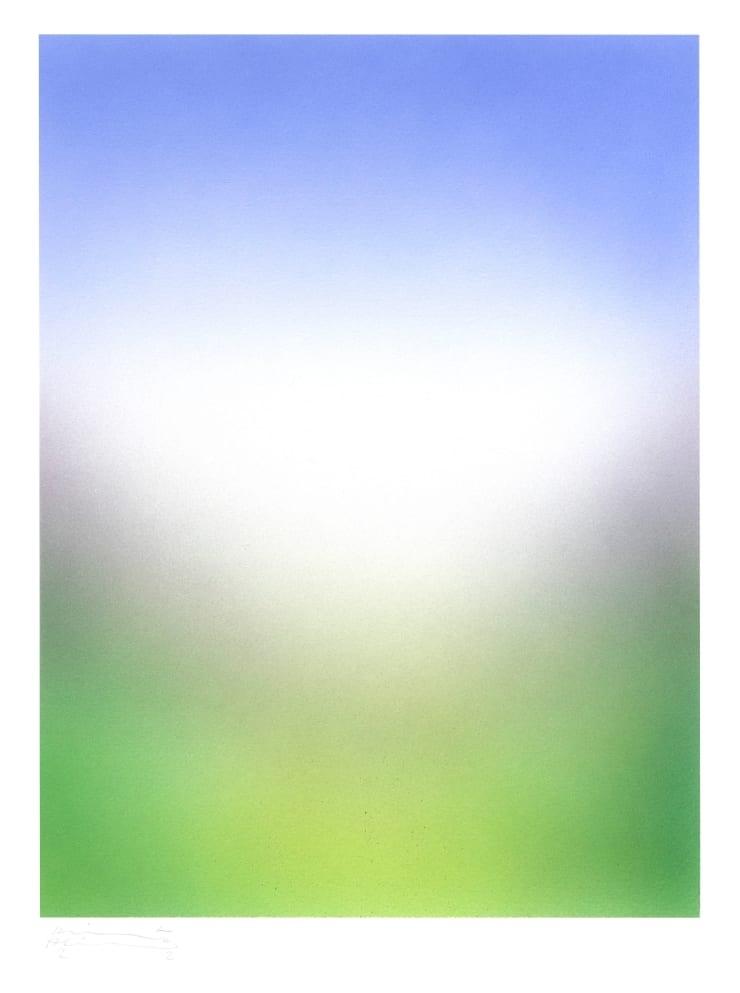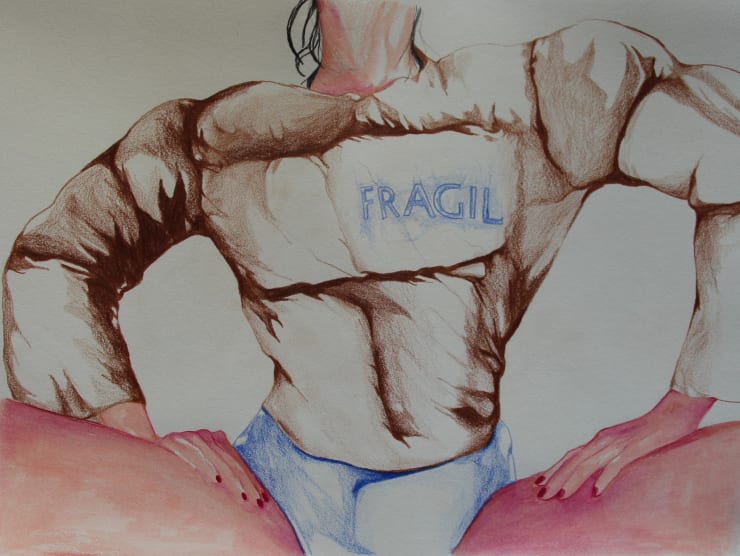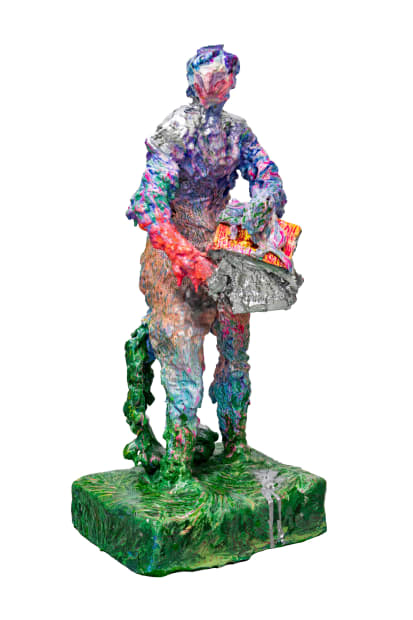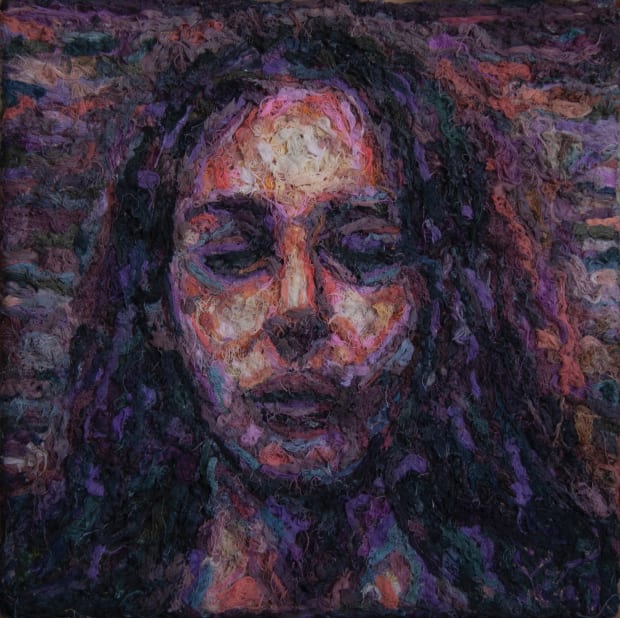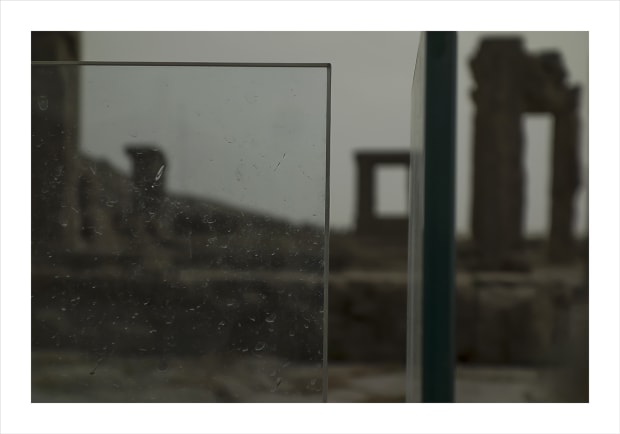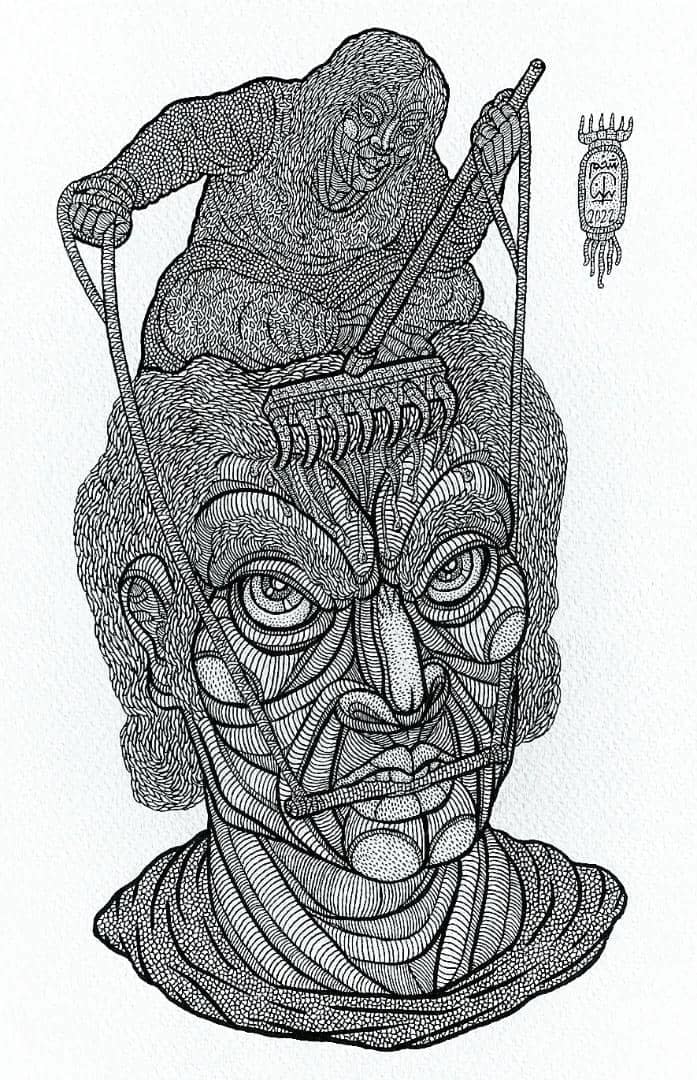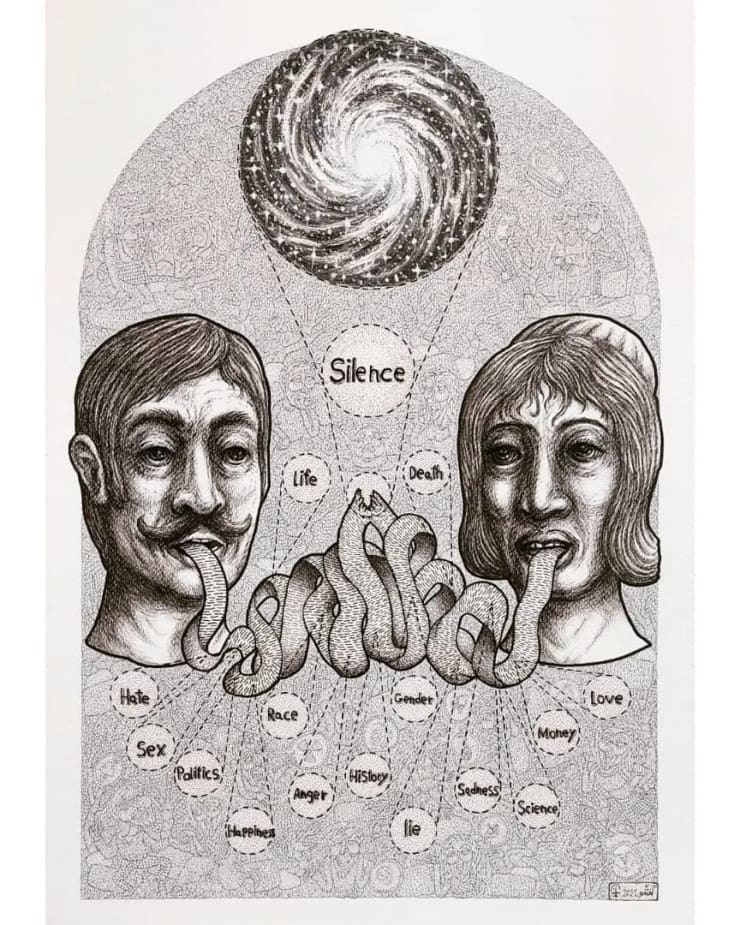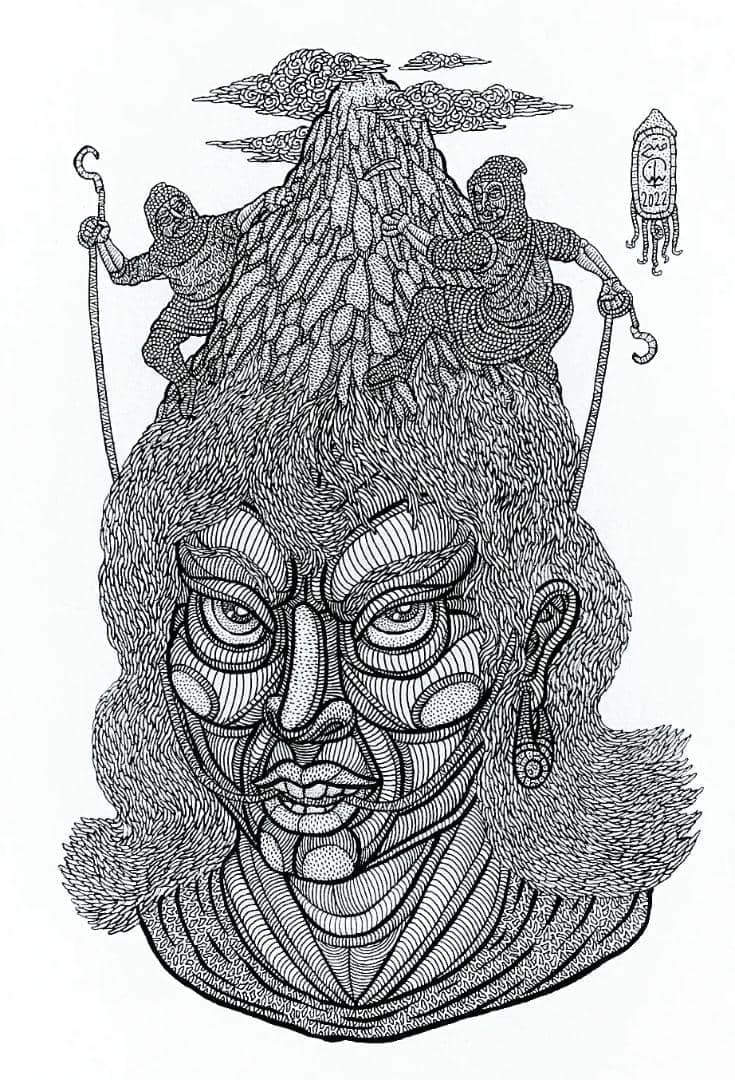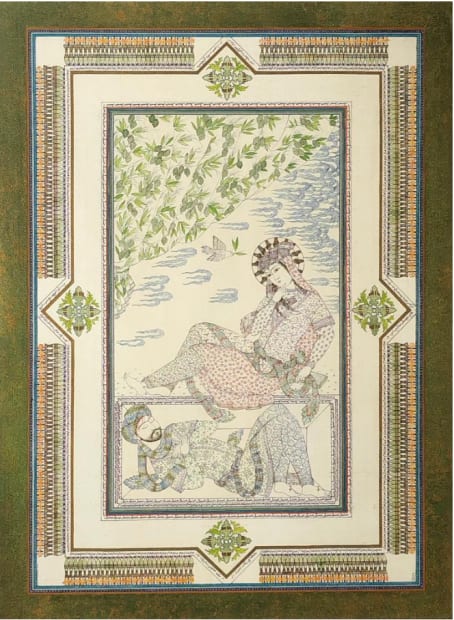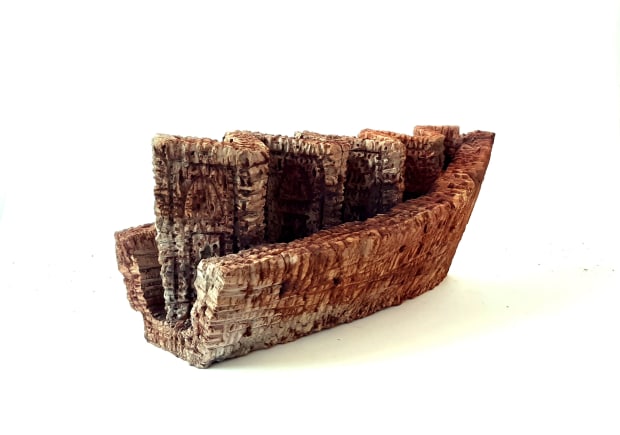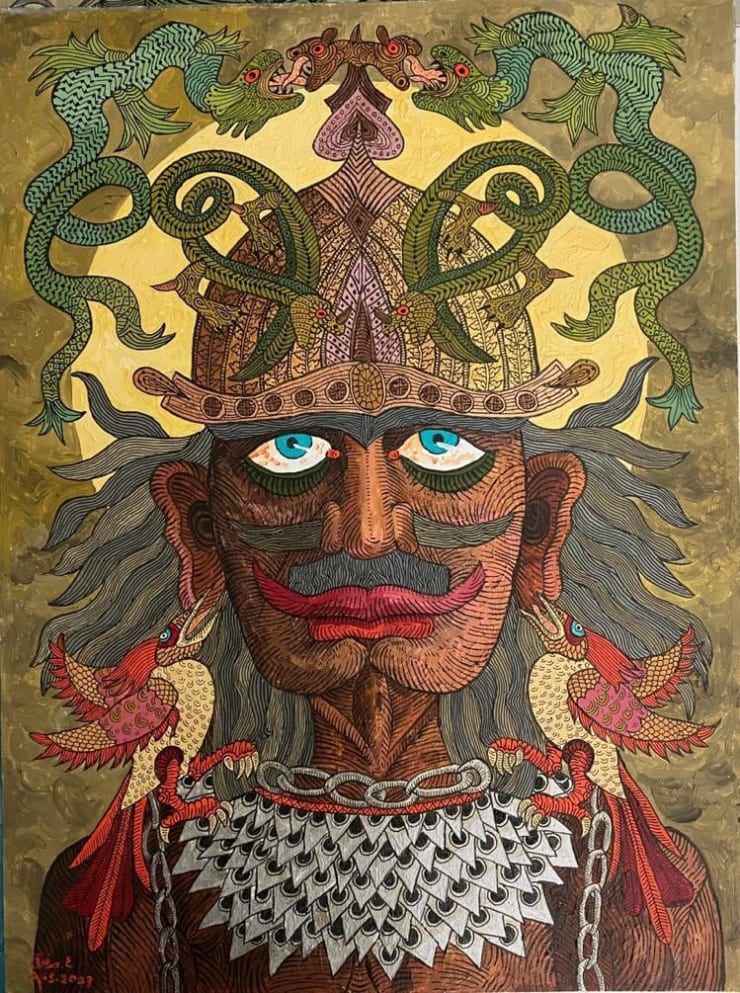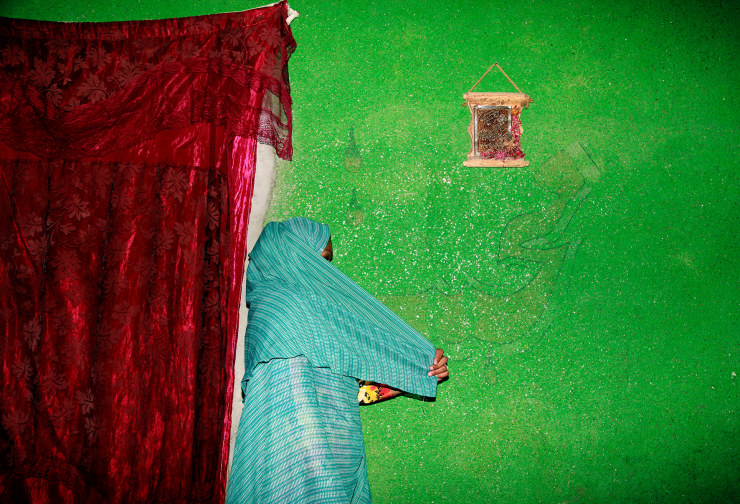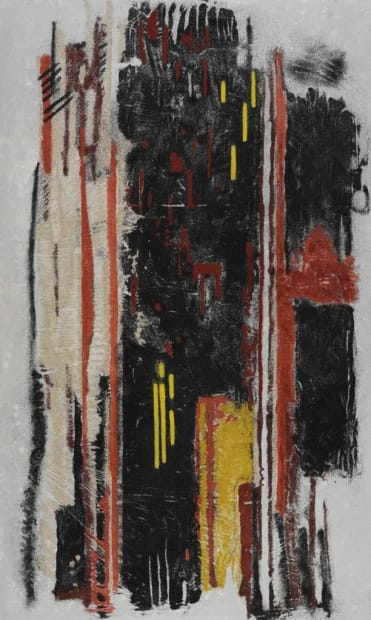-
Dastan is pleased to announce its participation in Art Dubai 2023 with a presentation that includes a wide variety of voices from the artists represented or exhibited by the gallery. The list includes some of the most well-renowned internationally-acclaimed artists, as well as mid-range, emerging, and rising names: Reza Abedini, Hadi Alijani, Kiarash Alimi, Reza Aramesh, Fereydoun Ave, Andisheh Avini, Seroj Barseghian, Yousha Bashir, Ali Beheshti, Kimia Dehghan, Homa Delvaray, Mohammad Hossein Emad, Niki Fallahfar, Bita Fayyazi, Mohammad Hossein Gholamzadeh, Sahand Hesamiyan, Alborz Kazemi, Farrokh Mahdavi, Mohammad Hossein Maher, Nasrin Maleksabet, Mehran Mohajer, Bahman Mohammadi, Ardeshir Mohassess, Mehrdad Mohebali, Amin Montazeri, Bahareh Navabi, Farah Ossouli, Asal Peirovi, Mohammad Piryaee, Ali Akbar Sadeghi, Shayan Sajadian, Kolsum Salehi, Mamali Shafahi, Melika Shafahi, Sina Shiri, Koorosh Shishegaran, Mohsen Vaziri Moghaddam, and Aydin Xankeshipour. The presentation was made possible with support from Ali Akbar Sadeghi Foundation, Ardeshir Mohassess Trust, Assar Art Gallery (on the work by Mohammad Hossein Emad), Fondazione Mohsen Vaziri Moghaddam, and Koorosh Shishegaran Studio.
The booth is designed to be maximally inclusive of the plethora of practices, styles, and approaches of the artists while maintaining the signature workshop-inspired designs presented through the years by Dastan at Art Dubai. Meanwhile, a salon-style back wall seeks to pay tribute to Iranian artist, curator, designer, and collector Fereydoun Ave, whose 2016 curatorial project, “Visage/Image of Self” (Tehran and Dubai), inspired the gallery to take such an approach in this year’s presentation.
Based on the curatorial perspective of the booth, each artist and piece are set to present its unique narrative and expression, allowing for a nuanced reading of the presentation as if encountering the characters of a novel chronicling many lives, events, sensations, histories, and back-stories through manifold perspectives. The aim was not to display the curation as a unique reading by an omniscient narrator, but rather to present the viewer with multiple characters.
-

-

-
Kiarash Alimi
In his landscape paintings, Kiarash Alimi (b. 1985) imagines blurred outlooks. They resemble tourist spots; however, the blurriness takes away any specific references to a geography or political borders. His pieces have not been painted following formal landscape painting approaches: they have been created using airbrush techniques, with the paint made by mixing only the three primary colors. By creating an image corpus composed of the landscape ‘form’ and the three primary colors, the artist aims to engage the viewer’s senses of vision, distance and measurement, playing with the physical immediacy of the painting surface versus the far-reaching perspective of a vista.
-
Reza Aramesh
The life-size sculptures of Reza Aramesh (b. 1970) explore the representation of male bodies in pain and suffering during wartime. Rather than directly mimicking media images, the artist enlists amateur actors to reenact victims’ poses and gestures, creating tension between abjection and agency. The marble sculptures embody expressions of suffering with hints of Western and Renaissance art. Aramesh’s works raise questions about our ethical and empathetic access to the suffering of others and demand retribution for the countless victims of oppression, reminding viewers of our implication in their oppression.
-

-

-
Seroj Barseghian
OverviewSeroj Barseghian (b. 1953), whose work often depicts landscapes, presents his strips of color as a new fundamental element in the corpus of a visual vocabulary next to primaries like the line and the dot. In his recent works, including this “Untitled”, 2022, he treats the ‘strip’ as the extension of the movements of light within space.
-
Yousha Bashir
Yousha Bashir (b. 1989) is a young Iranian artist who creates digital and surreal works of art. His NFT works are based on his paintings and have been turned into animated digital art pieces. Bright colors, circular lines, and depth and movement are now transformed into a different form in the NFT world, facilitated by his experience with digital tools. Yousha Bashir seeks to bridge the gap between the real and digital world in his work, intertwining the traditional and modern art worlds. Yousha Bashir’s work is a great example of how artists are using NFTs to showcase their digital creations to a wider audience and further their careers in the art world.
-
-
Ali Beheshti
There is an irreducible strength in the forms created by Ali Beheshti (b. 1988). It seems his work revolves around and is predicated on this formal irreducibility. “Untitled” (2022) is a case in point. The form can resemble a set of stairs or a row of air conditioners. The way the artist applies paint to the surface using a variety of techniques affects an extreme abstraction of form, stripping it of attributive functions, and magnetizing the visual existence of form detached from any context.
-
-
Kimia Dehghan
Kimia Dehghan (b. 1998) employs similar techniques in using digital media to how she works with pastels: she holds the pen lightly and draws each hair strand and eyelash individually, but she is not bending over the paper meticulously trying to recreate what she sees. She exaggerates what she feels. Although she moves her pen lightly, she illustrates heavy emotions: a drop of tear in her pictures can fill up a glass.
-
Homa Delvaray
The piece by Homa Delvaray (b. 1980) is part of her 2022 series, “The Garden of Desolation”, first displayed by Dastan at Frieze New York (May 2022). It consists of digital prints of Persian poetry transferred to three felt surfaces of varying sizes, sewn together manually and placed in a metal frame. Verses about the garden have been subtracted from their context as modern buildings have replaced gardens, creating an urban-like plan with the past buried under.
-
Mohammad Hossein Emad
This wooden sculpture of Mohammad Hossein Emad (b. 1957), presented in collaboration with Tehran-based Assar Art Gallery, is part of the artist’s “Two States of Awareness” series (2022). The mere title invites contemplation, as does the floating nature of the spacecraft-like sculpture. Could it suggest the two states of awareness —flashlight vs. floodlight— between which our conscious mind vacillates? -
-
Niki Fallahfar
Part of a series of paintings created during the novel coronavirus pandemic, Niki Fallahfar’s (b. 1997) paintings aim to express isolation, absence, and lack of intimacy. Niki Fallahfar does not tire of describing the human condition and its markers, drawing attention to the similarity between humans and other animals. Like many of her more recent pieces, in the current piece too blank space rules. This whiteness refers to a clean slate, as symbolized by the title of her most recent show, “Noah’s Ark” (presented at Dastan’s Basement in September 2022). The artist builds her world by picking and arranging elements from the world she already lives in. She does not snap pictures just to repaint them, she picks what she wants to take with her.
-

-

-
Sahand Hesamiyan
The sculptures of Sahand Hesamyian (b. 1977) take their inspiration from the rich history of architecture in Iran as well as the Islamic regions while keeping a contemporary approach to material, aesthetics, style, and presentation. His often-suspended pieces, appear like jewels from a forgotten time, or the minarets or domes of magnificent structures. The 2022 ceramic piece, “Moon”, is a true example of Hesamiyan’s practice.
-

Sahand Hesamiyan
Moon, 2022Ceramic ( Bisque Firing)
21 x 21 x 47 cm
8 1/2 x 8 1/2 x 18 1/2 in
Edition of 5 -
Alborz Kazemi
Taking inspiration from contact sheets, Alborz Kazemi (b. 1989) starts work by laying down printed photographs together, and making a rough composition. He then photographs the composition, challenging the two-dimensionality of the medium of photography: how flat images can themselves help render many variations. For the artist, these images are relics from half-remembered memories, re-photographed and re-imagined so as to avoid them being entirely lost to time.
-

Alborz Kazemi
Untitled, 2022Color negative film, print on fine art paper 300g
50 x 90 cm
19 1/2 x 35 1/2 in -

-
"The Ground"
Courtesy of the Artist and Dastan Gallery
Video Credit: Alborz Kazemi
-

-

-

-
Bahman Mohammadi
The recent paintings of Bahman Mohammadi (b. 1984) depict faces hovering in a soft-edged landscape. The colors in the background gradually fade to white in the middle, where portraits are captured smiling in a form of frenzy. With his muted palette, Mohammadi makes and unmakes an actual face. The freehand nature of his brushstrokes against the finished background allows him to paint this tension. Every painting indicates a mental relationship the painter has with his models and this encounter with loneliness. “Sometimes I playfully link the simple image of a person in my mind with their experience of being lonely”, writes Mohammadi. Loneliness is not a fleeting feeling but a mental state that shapes the private moments of his subjects’ lives.
-

-

-
"Encounter"
Courtesy of the Artist and Dastan Gallery
Video by Alborz Kazemi
-
Amin Montazeri
Amin Montazeri (b. 1992) is a storyteller, the kind that makes it hard to resist enjoying his tale. He carefully places each character within the frame as if they have a life of their own instead of just serving a particular function in the grand scheme of the story. His works are usually dense with symbolism, allegories, and references. In the present work, there are multiple narratives at play: from the story of evolution and culture to the battle of nature and human development, and the dynamics of power and gender.
-

Amin Montazeri
Family Tree, 2023Ink on paper
101 x 72 cm
40 x 28 1/2 in -

-

-

-

-
Ali Akbar Sadeghi
In his work, Ali Akbar Sadeghi (b. 1937) frequently refers to the painting traditions, folk and popular images of Iran. Serpents, dragons, and birds are the teeming characters of the rich tapestry of his canvases. The appearance of tame and wild animals, the disproportion of the main subject and tiny creatures, and the contrast between warm and cold colors within the frame point to a conflict. A halo is surrounding the main characters, giving them the status of saints and mythological figures. The calm presence of the protagonist is against the backdrop of creatures all around.
-
Shayan Sajadian
Photographer Shayan Sajadian (b. 1994) asks his subjects to take a particular pose. The framing of this request affects the aesthetics of the image and the way his subjects appear before the camera. The diversity of the photographed subjects does not allow easy classification of the works of Sajadian. However, they share the life of those living in urban peripheries. The photographer often seeks to establish conversations with less-privileged members of society, creating an intimate setting, and recording such moments through his photographs.
-
Sina Shiri
Sina Shiri (b. 1991) is a photographer whose work often falls into the field of street and urban photography. His portrayal of his subjects is usually at a moment considered a turning point in their day. This particular piece, “Untitled”: (2018), is part of his “Remains of the Day” series, first exhibited at Dastan’s Basement in June 2022. “Remains of the Day” examines the relationship between the city and its people, and the artist usually uses additional props to augment his themes and subject, moving away from mere documentary photography.
-
Melika Shafahi
OverviewMelika Shafahi (b. 1984) captures the unique insularity of Hengâm Island in the Persian Gulf through her connection with the place and its everyday life. Her pictures challenge the presumptions about how these cultures are usually depicted, often featuring women engaging in activities that are deemed masculine yet socially accepted in their culture despite it being oppressive. She employs visual elements like saturation and contrasts to explore complex concepts like power dynamics and gender discrimination.
-

-

-

-

-
Aidin Xankeshipour
Aidin Xankeshipour (b. 1981) plays with geometric forms to arrive at a tight composition. With layers of color sprayed on painted canvas, he brings forth lines and textures. The outcome of this process is the emergence of forms like triangles, circles, and sharp edges inspired by nature and hinting at it. Xankeshipour’s work is a figurative exploration of abstract spaces; through his experiments with perspective and paint layers, he tried to show familiar forms in a new light.









